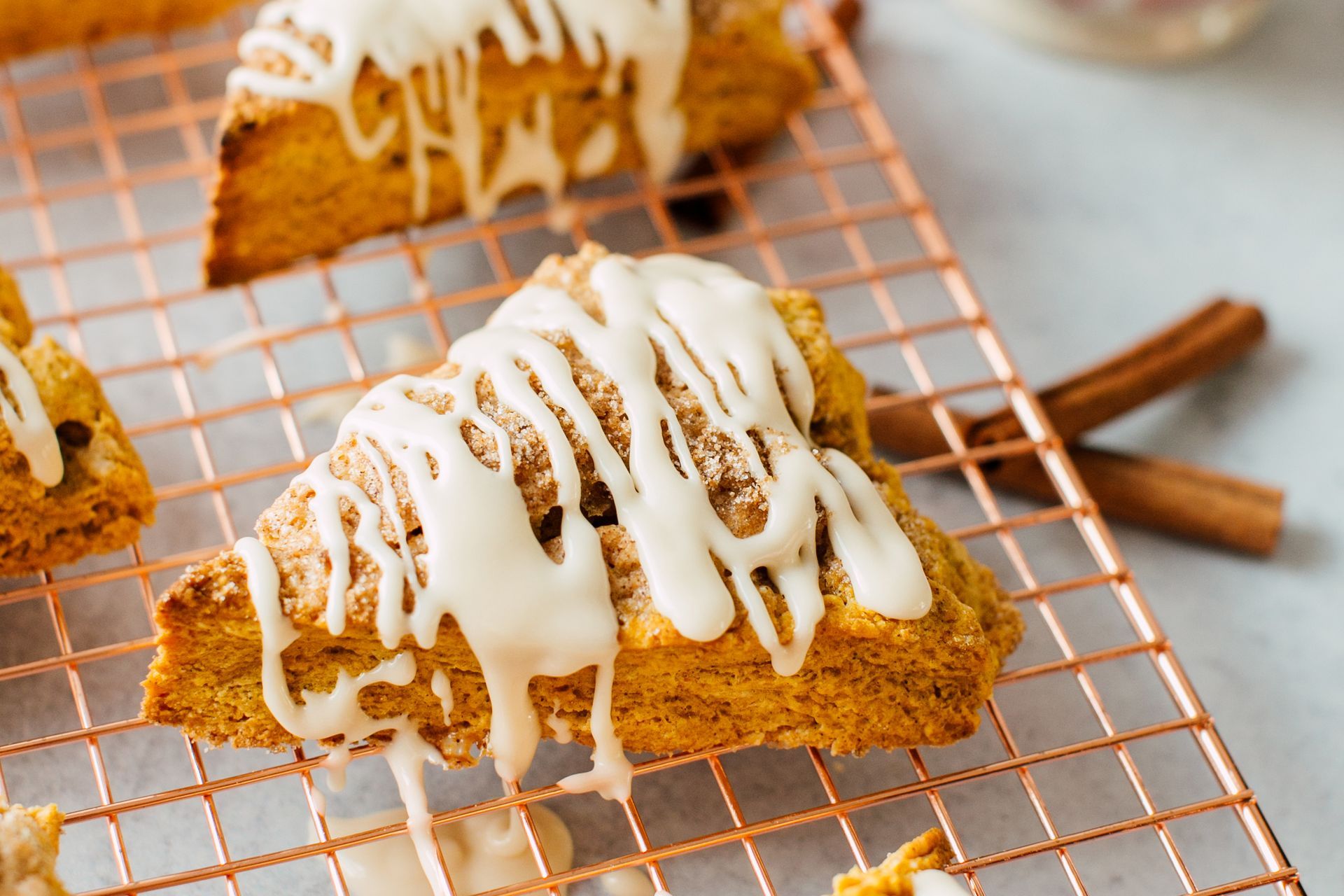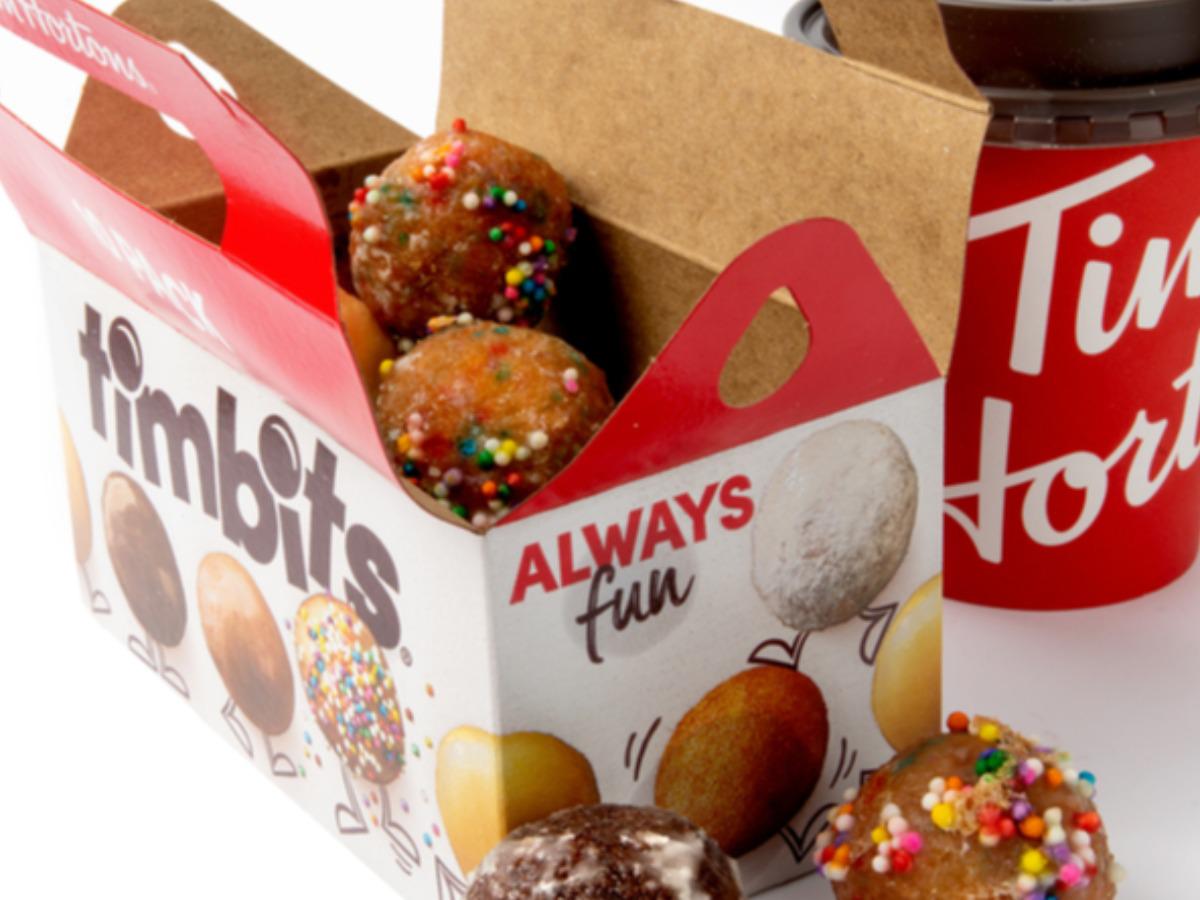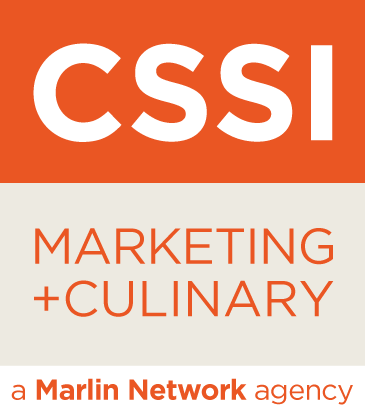Delivery and Take-out Best Practices
CSSI Staff Post - April 8, 2020
As of March 25, state-wide mandated dining room closures exist in 45 states, while the remaining 5 states have smaller-scale (county or metro) stipulations.* For some operators, delivery and take-out are already part of their business model, but this is new territory for dine-in only operators. In any case, operators must adjust and evolve to meet the needs of customers in the current climate.
Consumers expect operators to provide them with a sense of comfort in knowing that their food and beverage offerings are safe and meet their needs. This has meant a shift in operations to takeaway-, delivery- and drive-thru-only, as well as providing food staples and family meals to supplement grocery store outings.
How can an operator reimagine their menu for delivery and take-out?
- Offer Family Meals or Free Kids’ Meals
- Family meals, free kids' meals and bulk offerings have made it easier and more convenient for families to enjoy meals together while practicing social distancing.
- 29% of consumers say multi-serving or family-sized meals would motivate them to order from a restaurant during the COVID-19 pandemic.**
- Provide Pantry Staples
- Demand for grocery staples can provide opportunities to sell existing resources and position them as cupboard staples or take-home meal kits, creating a new revenue stream.
- For example, Jimmy John’s is now offering French bread loaves for sale via delivery, pickup, curbside and drive-thru.
- Meal & Beverage Kits
- Meal and beverage kits offer foodservice-quality ingredients and taste with the interactive experience of making it at home, like the Bagel Pizza Kit from Einstein Bros. Bagels.
What are best practices to execute delivery and take-out menu concepts?
- Prioritize sanitization – Across production, limit the amount of people coming in contact with food. This includes people preparing it, boxing it up and delivering it.
- If you use a delivery service, know their policy on how their employees are expected to handle food.
- If you are doing curbside pickup, many operators are encouraging customers to call when they are outside at the curb so food can be brought out to them, limiting the number of people coming into contact with the restaurant.
- Transparent communication – Share your delivery/take-out offerings with consumers on social media, your website, etc.
- Make sure to also include messaging about what you are doing for safe food handling to ease customer anxiety and build trust in a time of uncertainty.
- Offer a limited menu – This cuts complexity in the back of the house while also indicating to customers that you are paying attention to which menu items will fare better for take-out/delivery
- Provide tamper-proof packaging – When it comes to ordering delivery/takeout, 46% of customers would like to see tamper-proof seals on food packaging as part of operators’ safe food handling.***
- Ensure an efficient ordering system – Consider taking orders by phone, email, text or online. For take-out, share an expected pickup time to reduce customer wait time. Offer mobile or online payments.
Are delivery and take-out here to stay? Will they become mainstream for all operators once restaurants are open again?
Yes. Pre-pandemic, off-premise was already growing as a trend, and it is set to grow even more in the future as a consequence of COVID-19. In the coming weeks, take-out will likely grow as people look for ways to get out of their house. Long term, delivery poses an economic hurdle as the added delivery fees may create barriers for consumers who are scaling back on purchasing.
We don’t know when mandated restaurant closures will be lifted, but as of March 27, 66% of consumers believe it’ll be safe to dine inside of restaurants within three months.*** When these restrictions are finally lifted, it will take time for people to be fully comfortable returning to dine-in restaurants. Customers will have grown accustomed to take-out and delivery options and will likely expect these options from operators going forward.
Forward Thinking
As we come out on the other side of this pandemic, off-premise will likely be a bigger proportion of bottom lines than before COVID-19, so it is important to be mindful of decisions made today, for today, without thinking about tomorrow. Adapting quickly to set yourself up for success today while also building a solid foundation for the future of the food industry will be crucial.
*Datassential, FoodBytes: Operator Response to COVID-19, March 2020.
**Datassential, COVID-19 Report #3: Into the Home, March 2020.
***Datassential, Coronavirus Traffic Brief, March 2020.
Lauren Klein
VP, Culinary and Business Development
VP, Culinary and Business Development

March 1st, 2023 We’re thrilled to introduce the newest addition to our culinary family: Chef Steve Madonna. Formally trained in both Italy and the United States, as well as having worked for Wolfgang Puck, Chef Steve brings an extensive set of connections and culinary knowledge to our already stacked chef roster. Featured in this month’s issue is one of Chef Steve’s favorite recipes for making memories at home with your loved ones.

October 19, 2022 Pumpkin pie is a nostalgic menu item and my personal favorite when it comes to fall and winter menus, as it goes hand in hand with a traditional Thanksgiving or Christmas feast. We elevate the nostalgia by turning this must-have holiday dish into a clarified cocktail that leaves your taste buds as curious as your eyes. We get adventurous as we replace expected visual elements with an ice-cold glass of clarified liquors infused with pumpkin pie. This cocktail defies all visual expectations, while leaving your sense of smell and taste immersed in a seasonally nostalgic experience.

October 19, 2022 Canada is well known for many things. Hockey, snow, maple syrup, and a few other stereotypical but somewhat accurate concepts may immediately come to mind. What you may not know, though, is how invested we are in the snacks that we consume. Compared to the U.S., sure, we are no match for the quantity and variety offered in the land of the free, home of the snacks. However, what we know in our hearts is that Canada has a long-standing, tried-and-true, flawed, yet beloved top-notch snack game. I’m talking about comfort foods that have become so integrated and so established that they are classified as cult-favourites—and no, I did not spell favourites incorrectly. You are about to see a lot more of the letter “U” in this article. Sorry! The great Canadian snack game is easy enough to understand. You think of a flavour and either slap it on a potato or pair it with chocolate. Snacking has always been a huge part of Canadian food culture, but it is only going up from here. To put it lightly, the past few years have been tough on everyone around the world, and Canadians have chosen to increase their spending on snacks by 67% as an indulgence or, personally, as a coping mechanism. In no way, shape, or form am I claiming to be a culinary expert somehow employed in the field of Finance, but I have eaten a lot in my life and right now, I’m the best and/or only Canadian guide you’ve got. Let’s get into the details:


